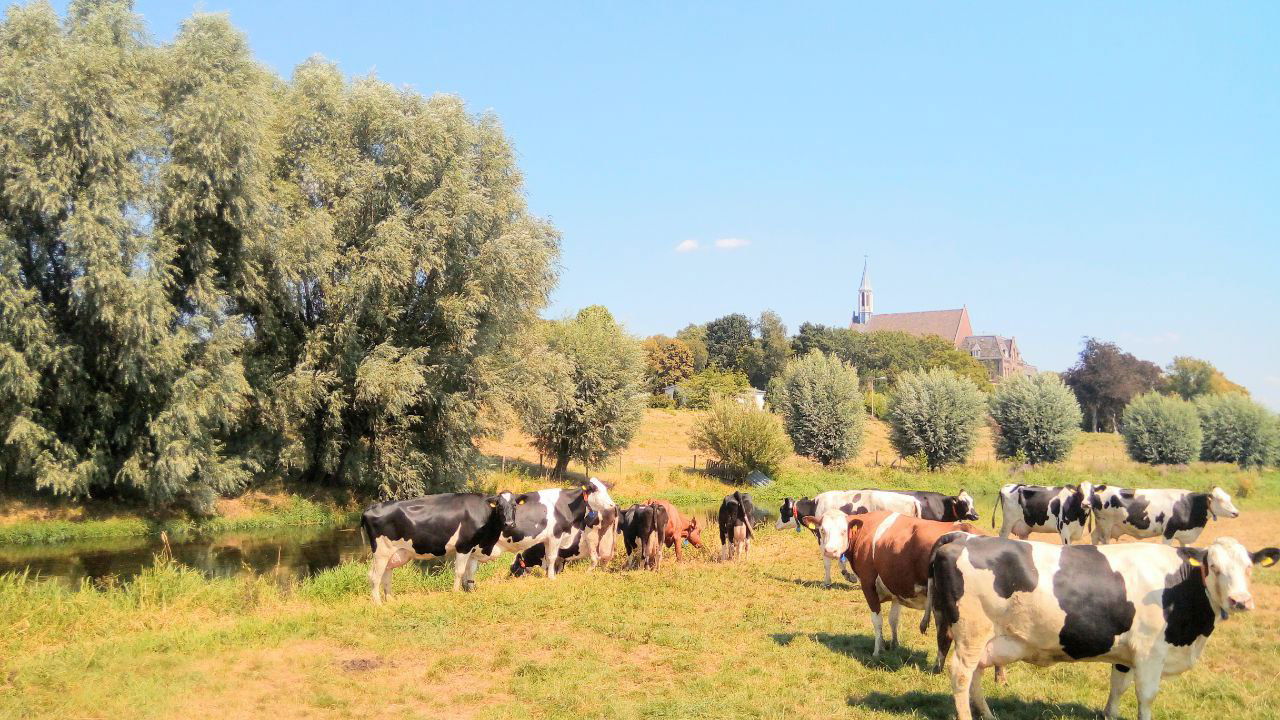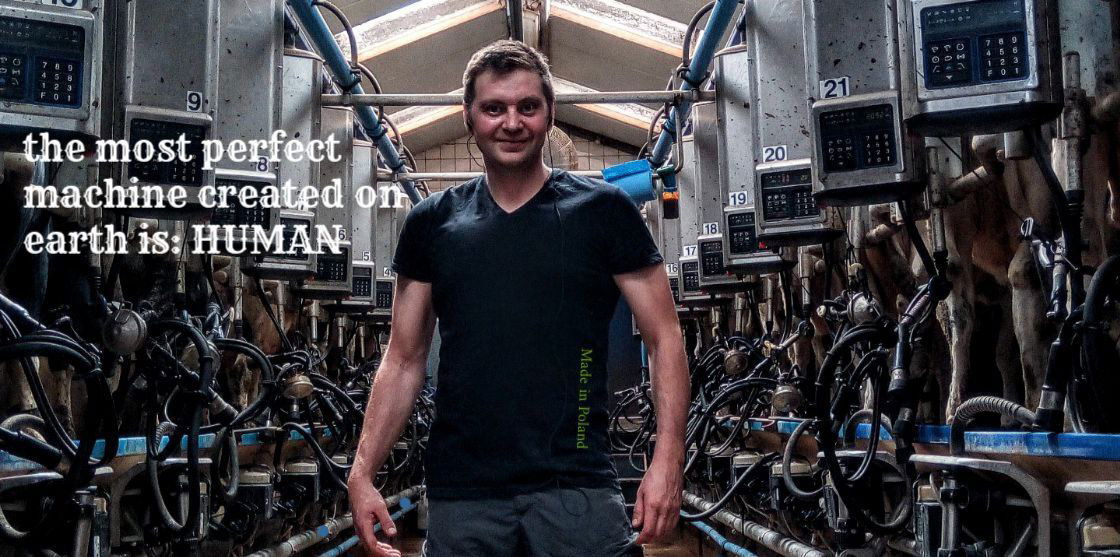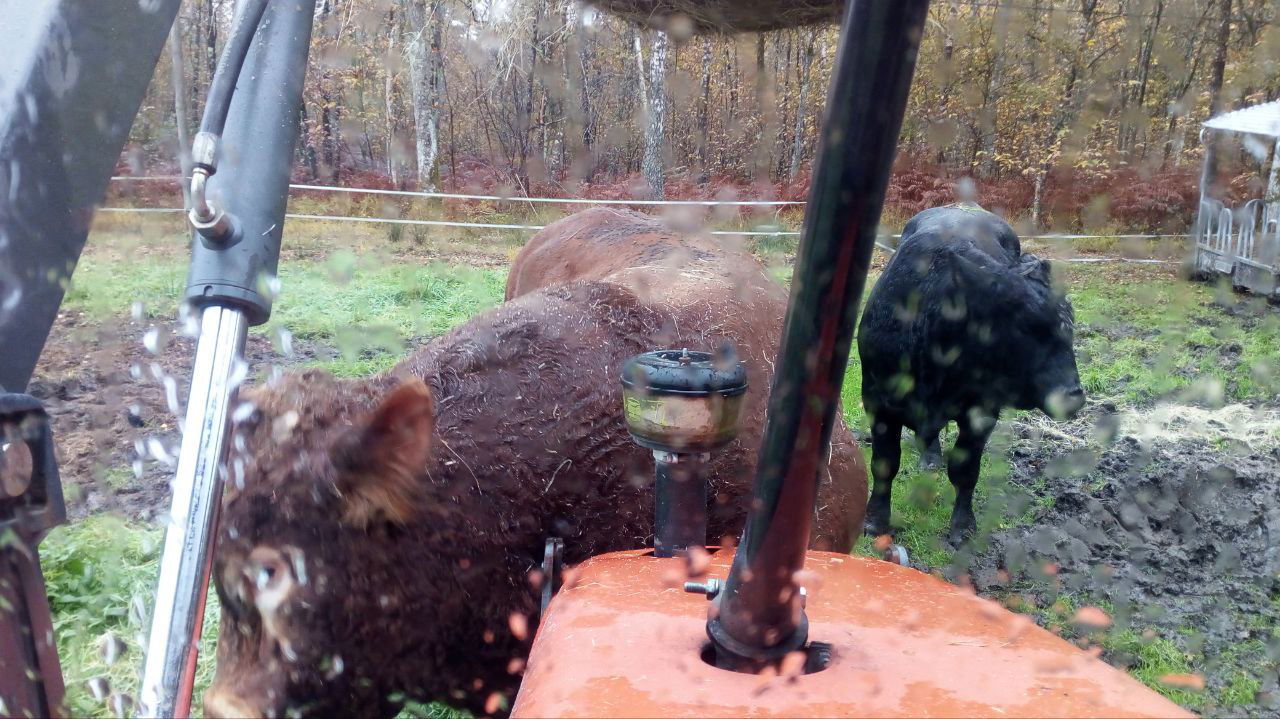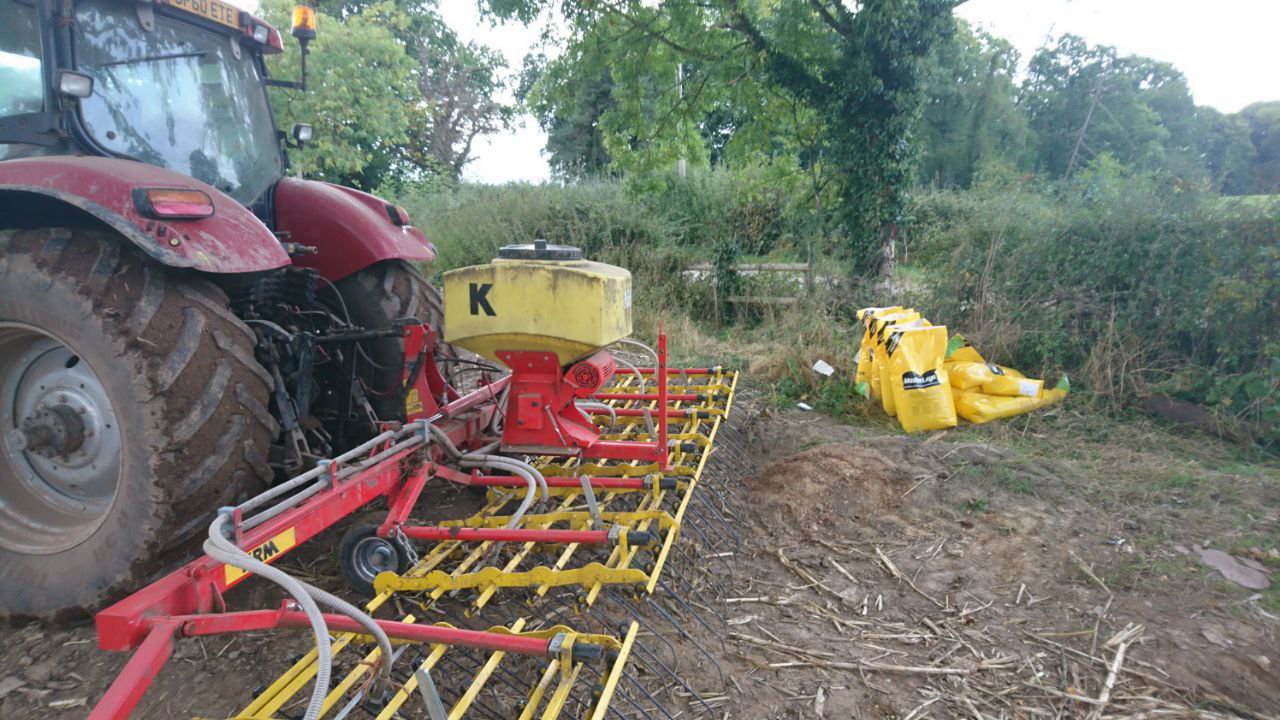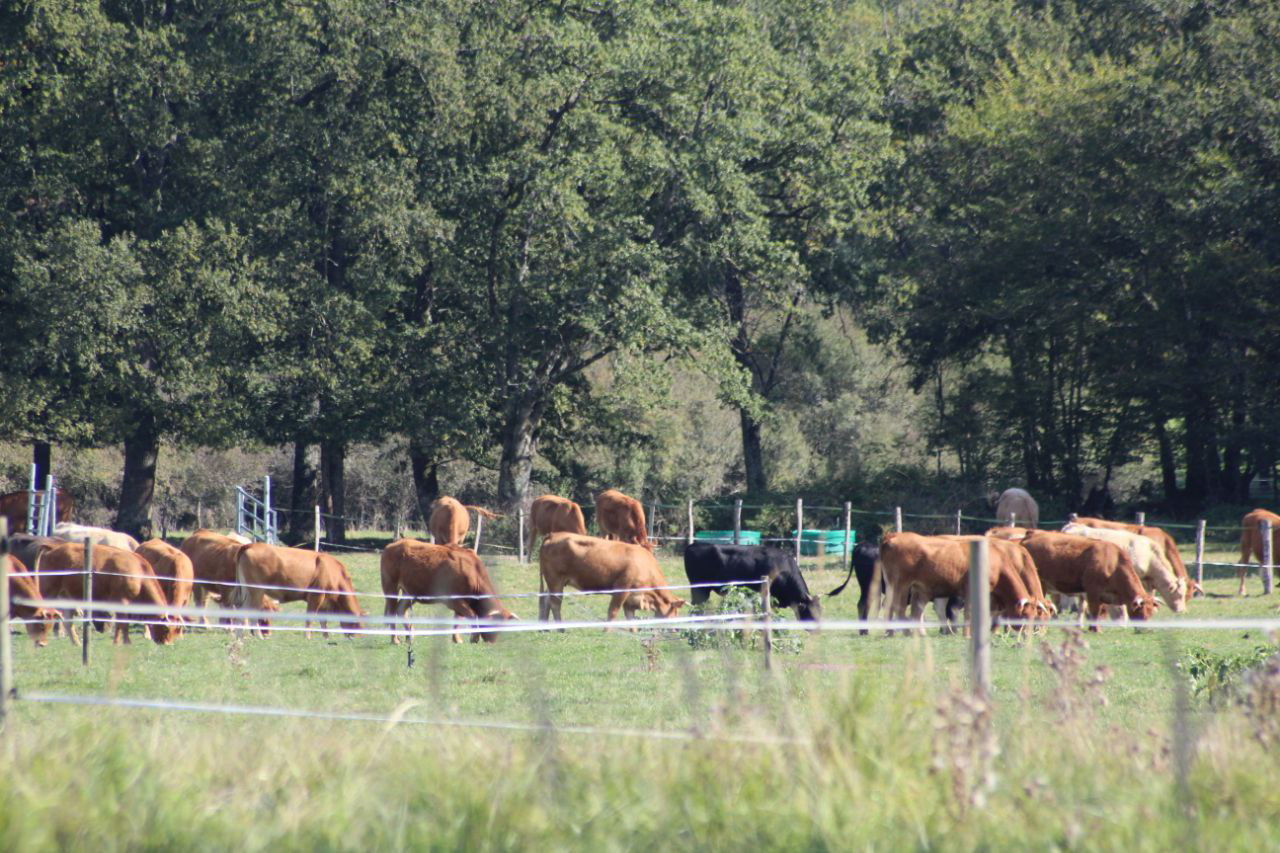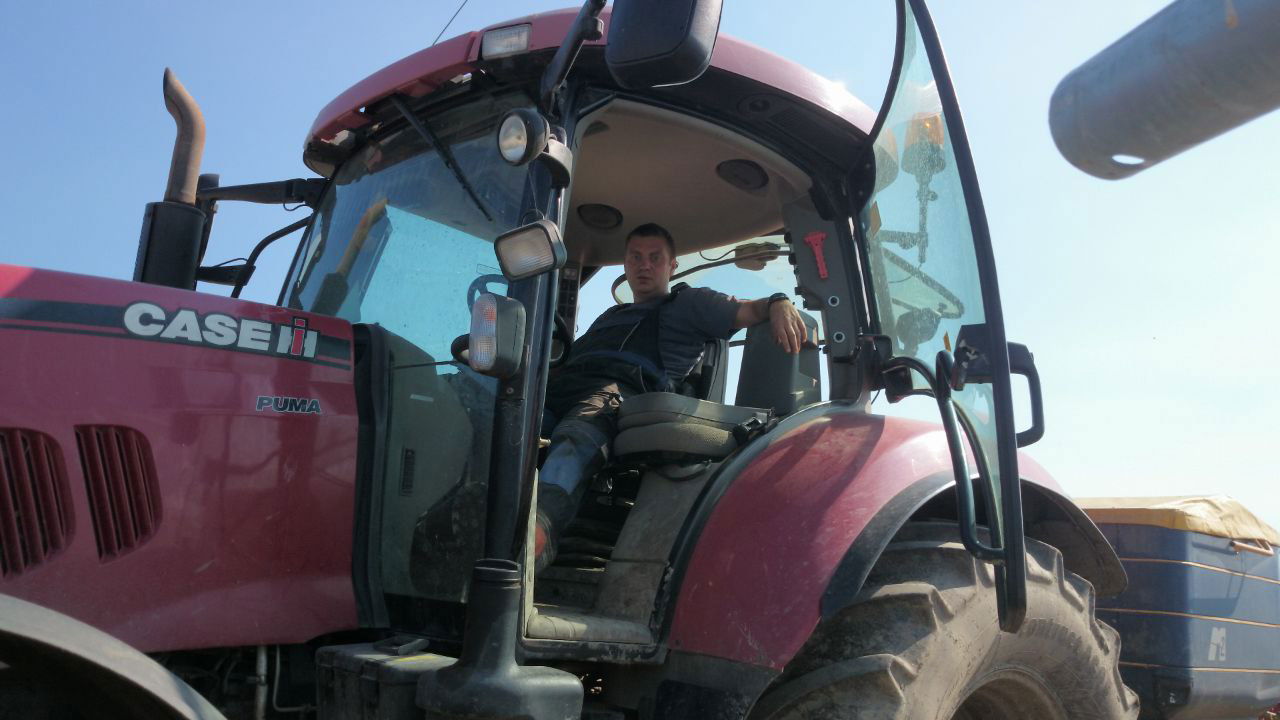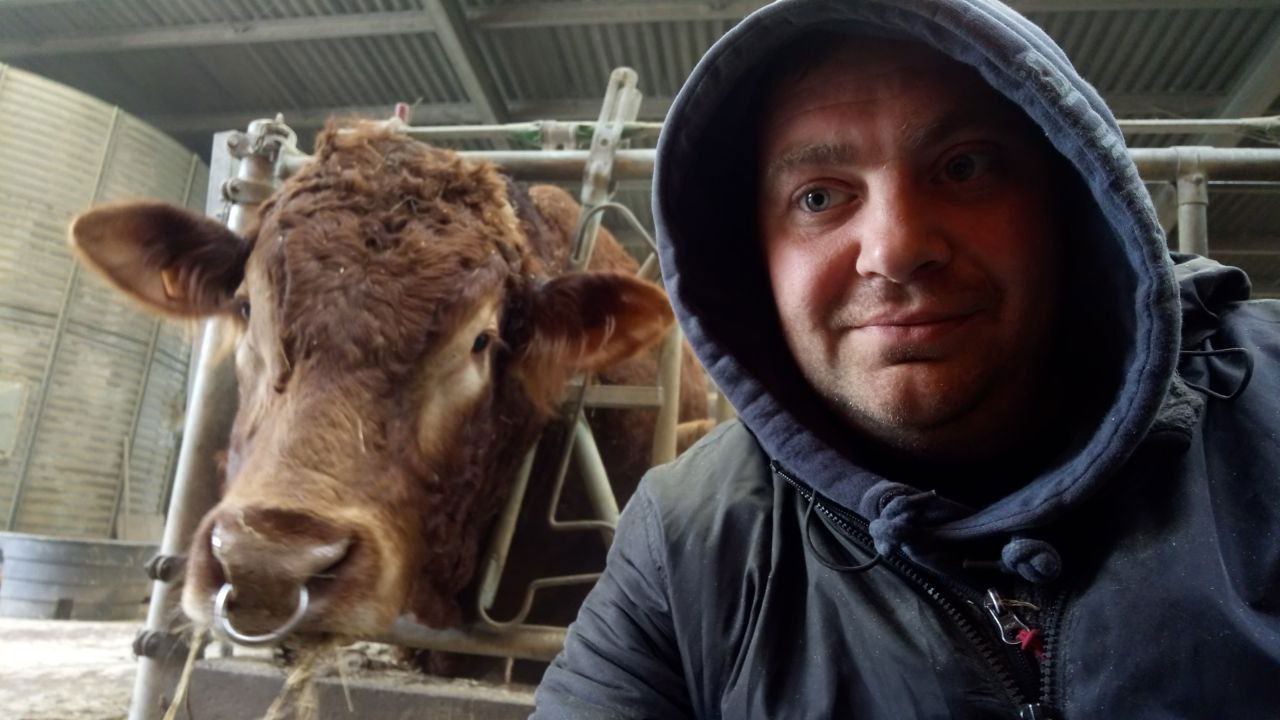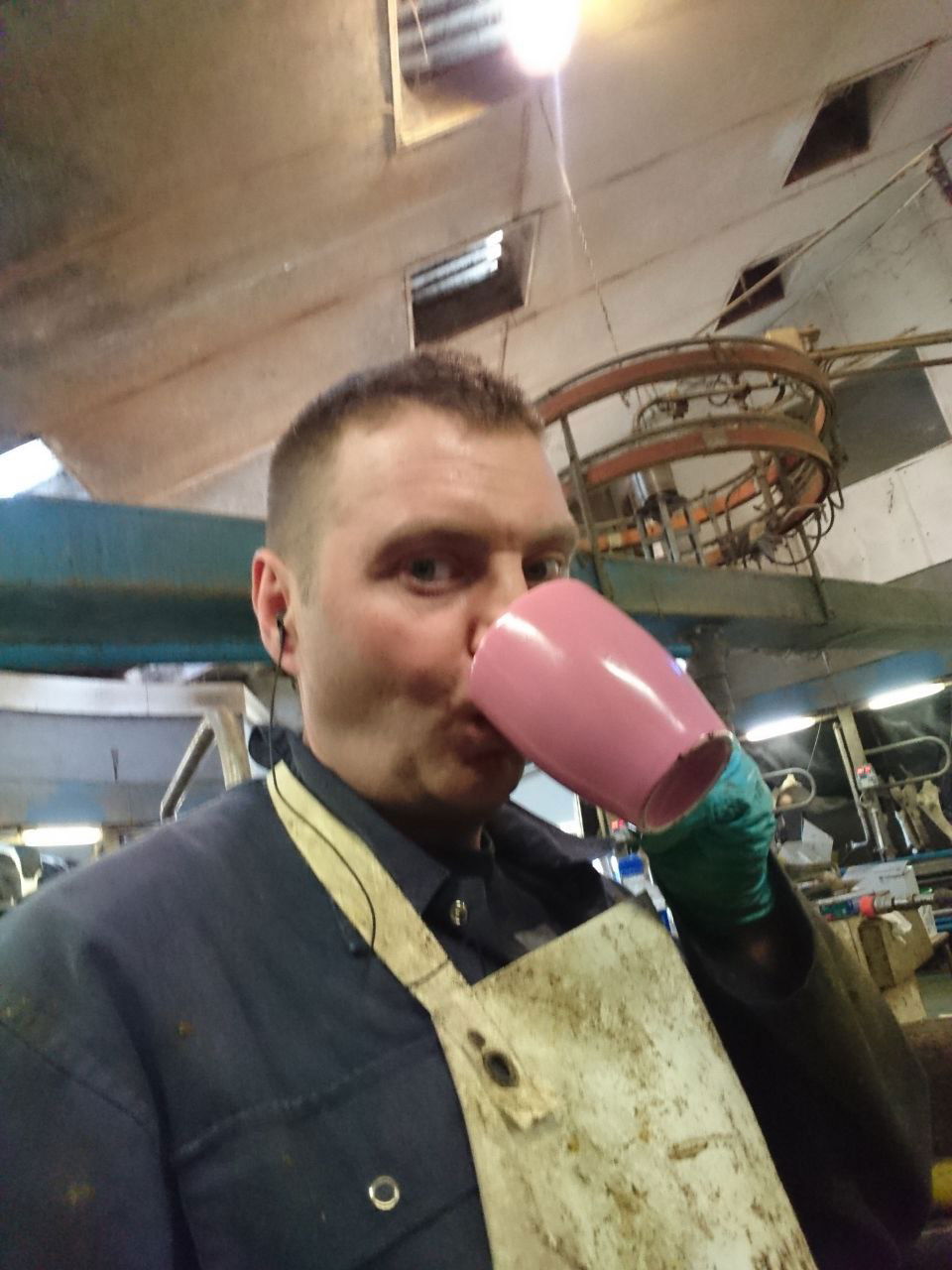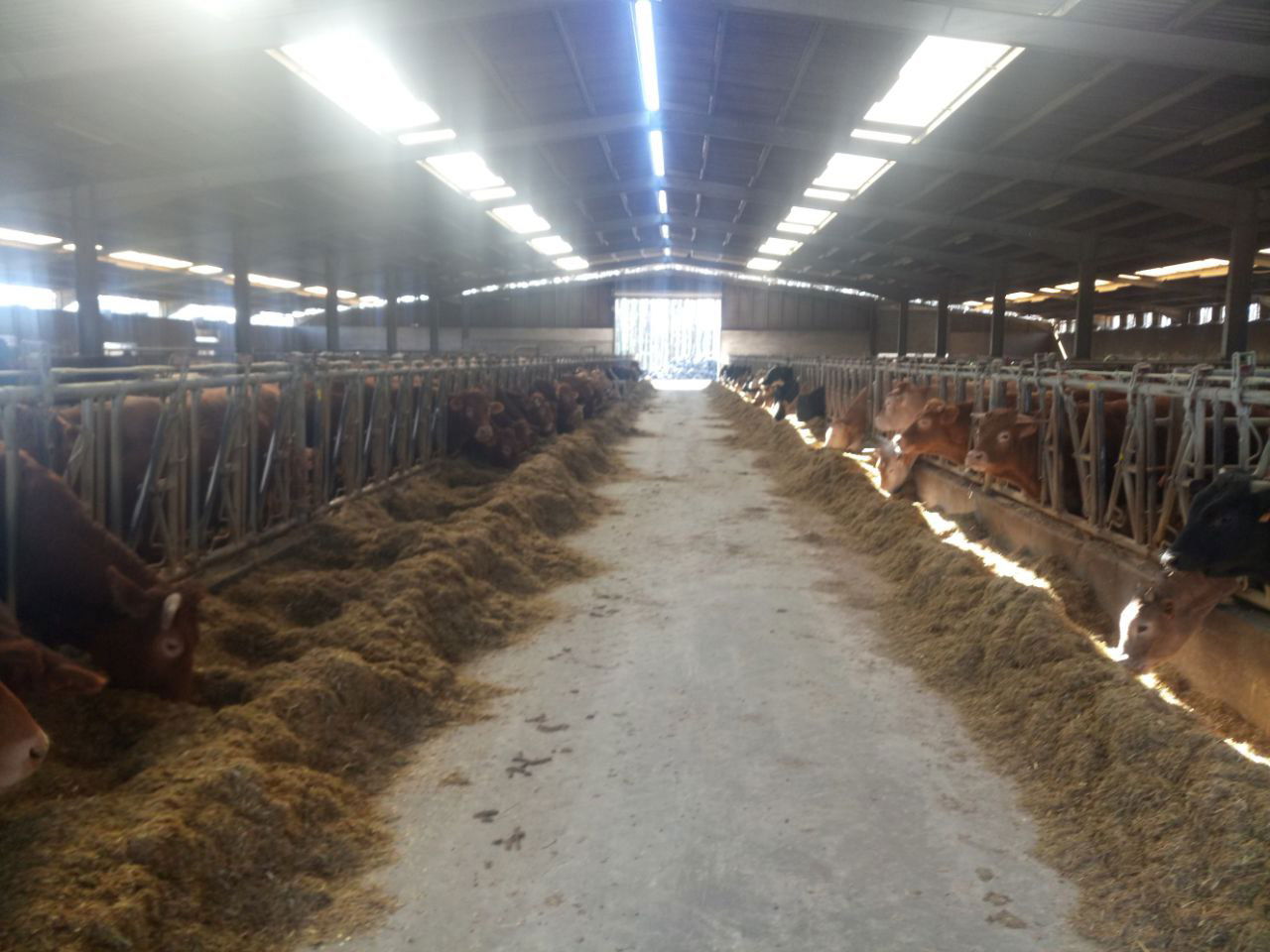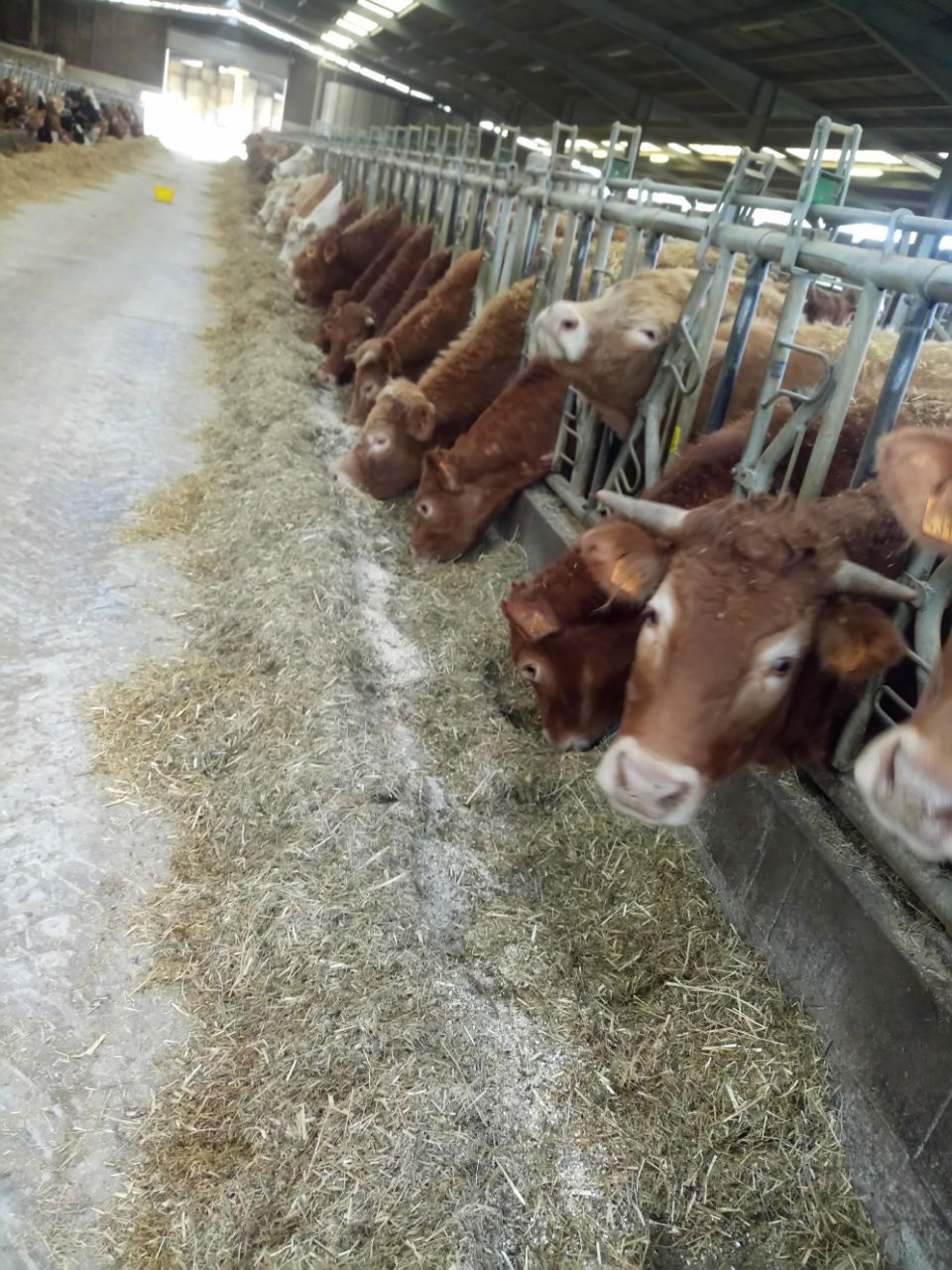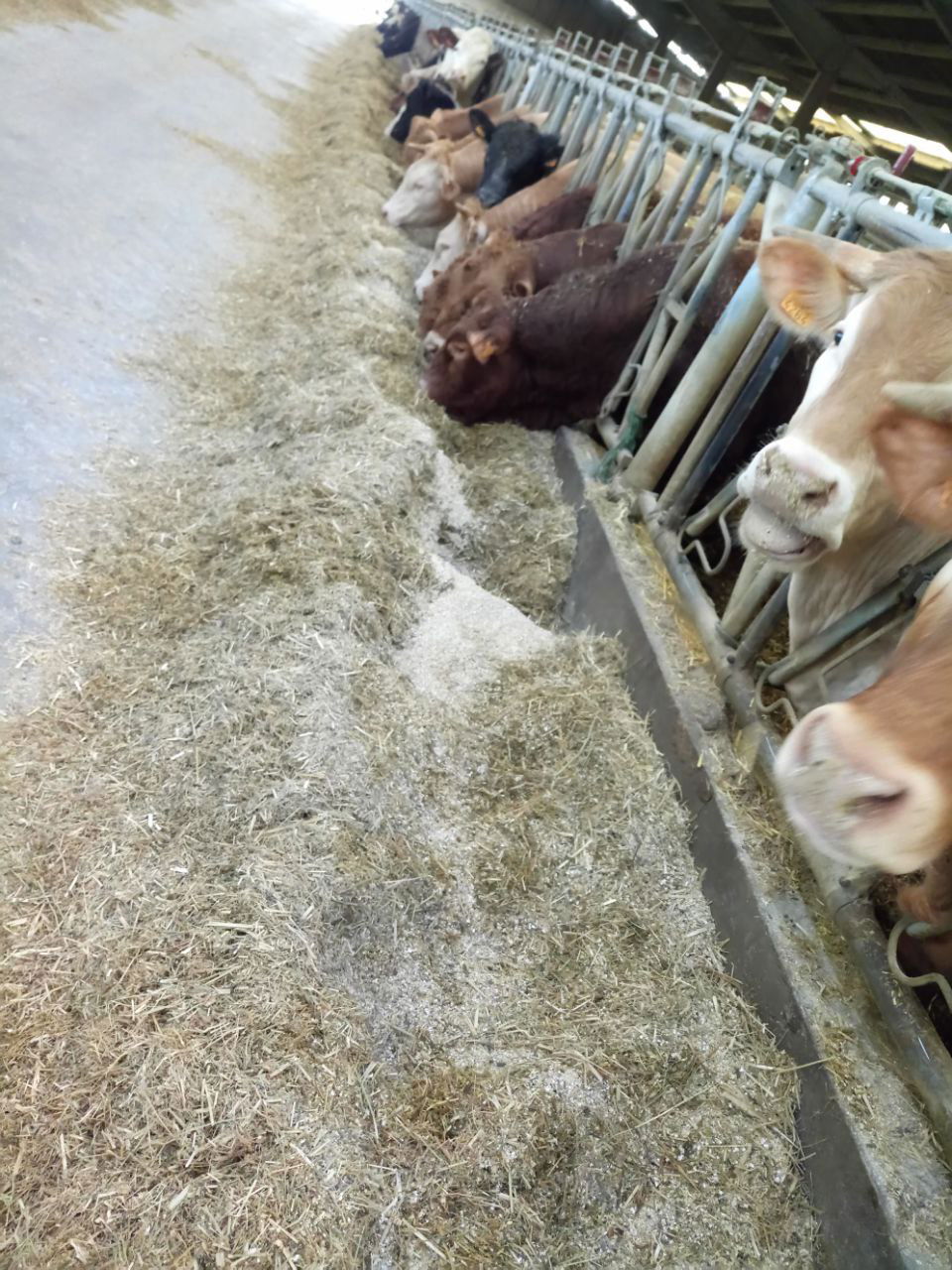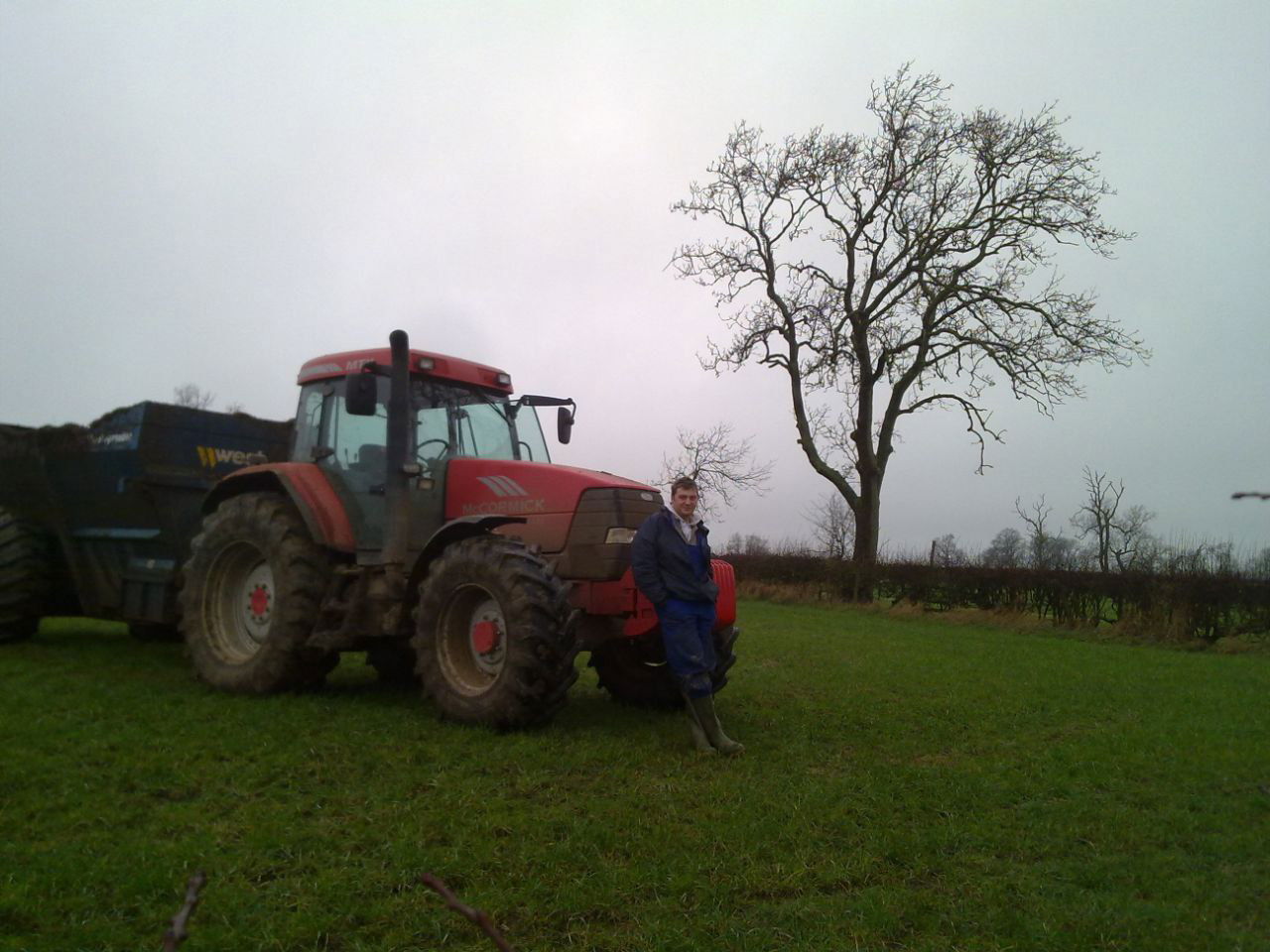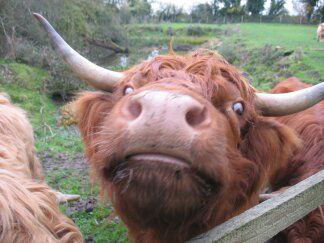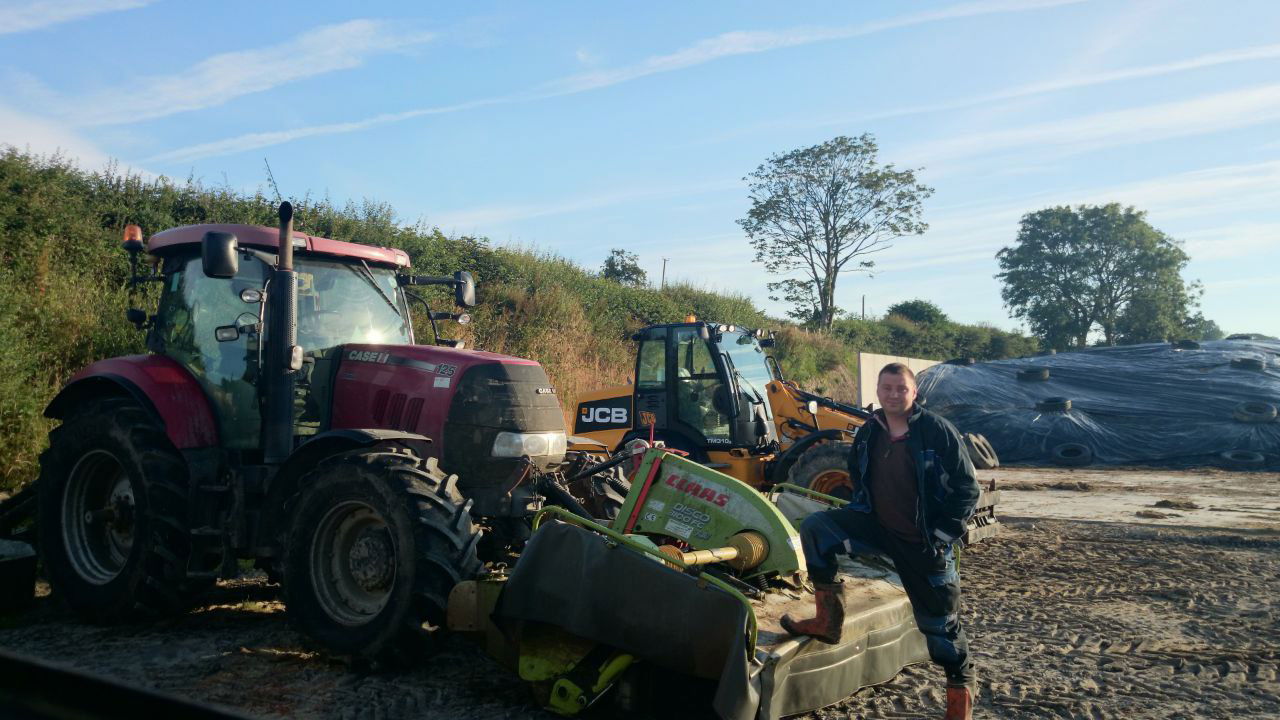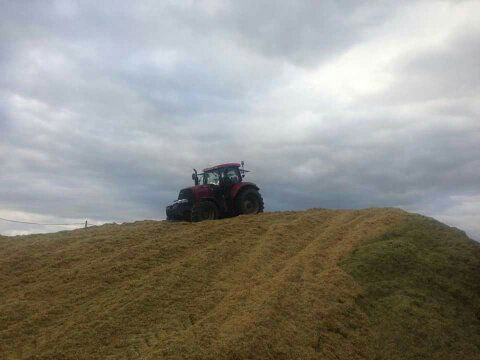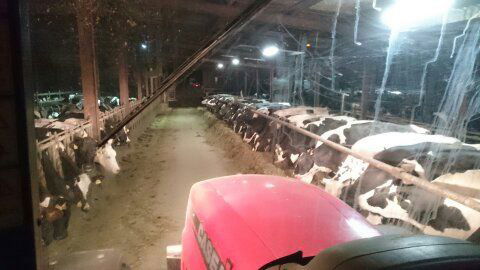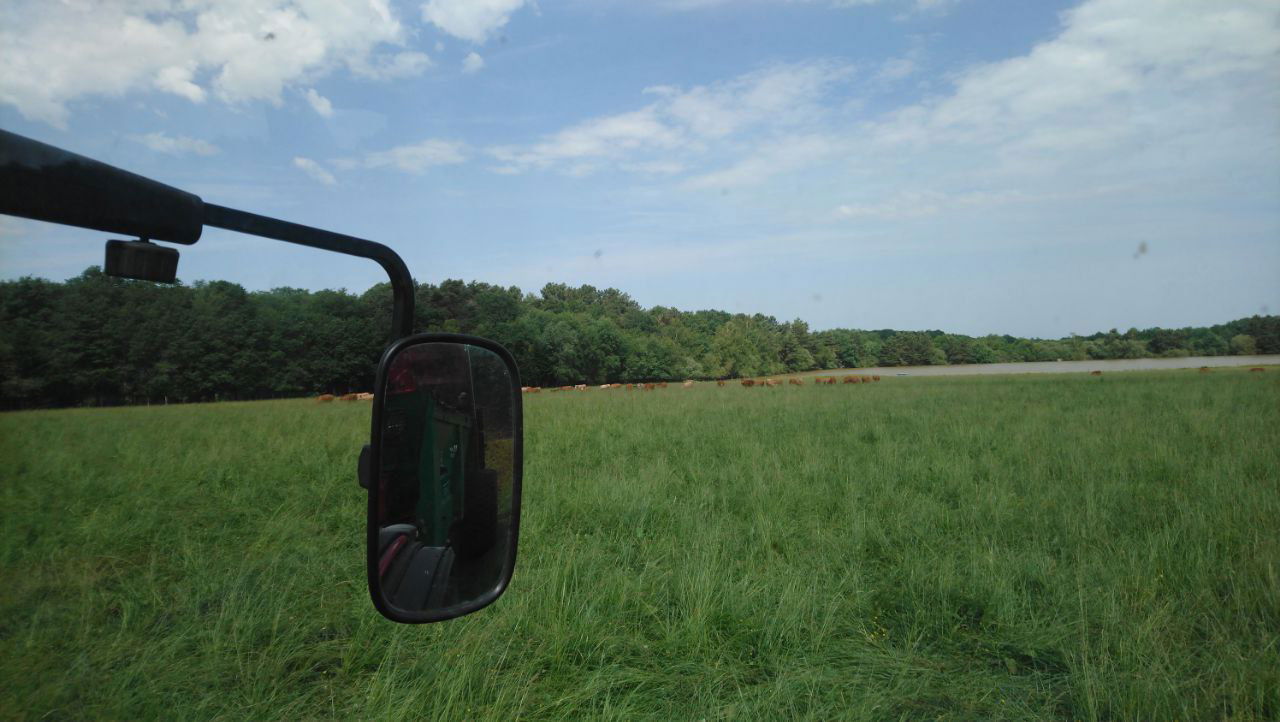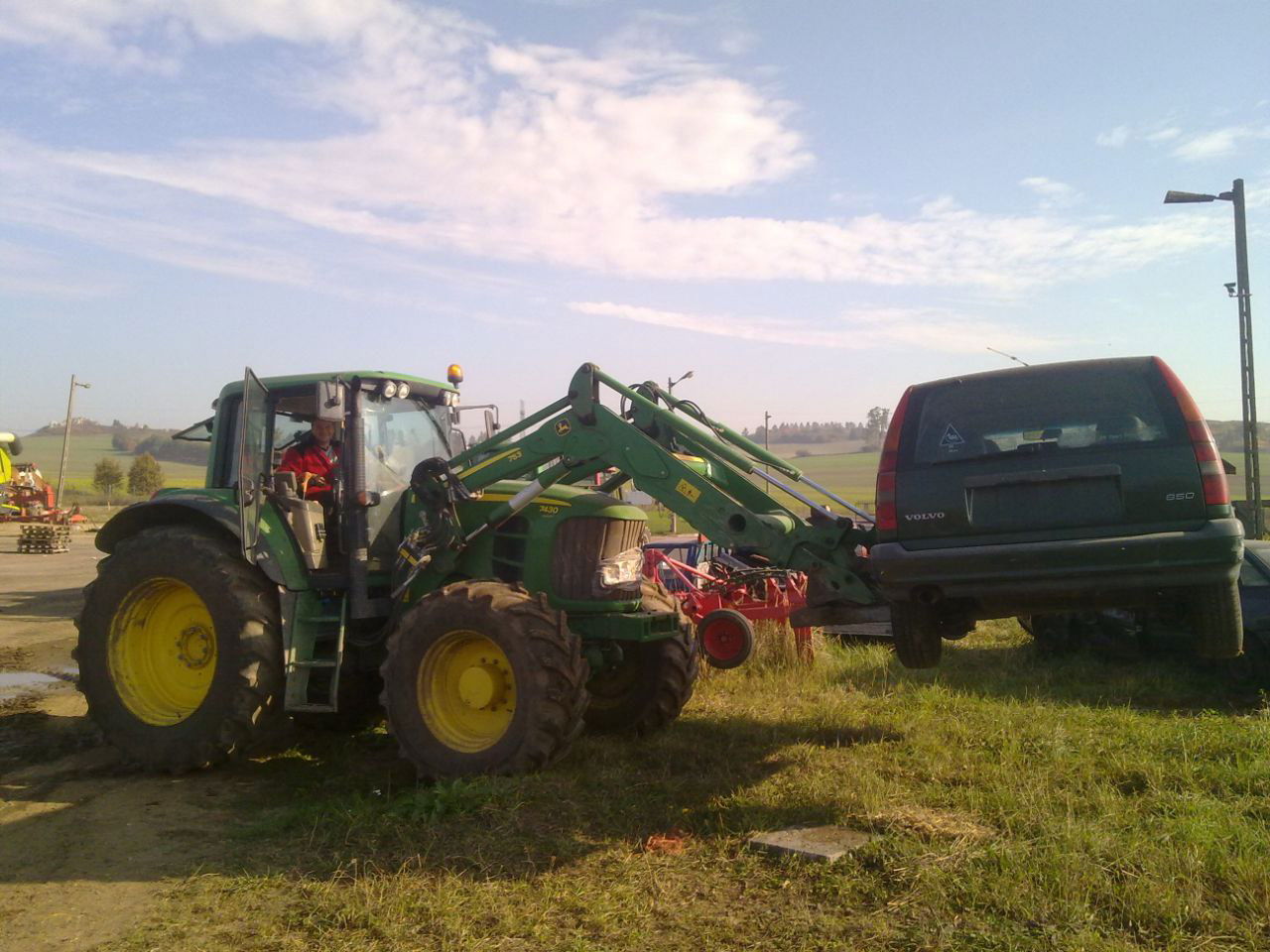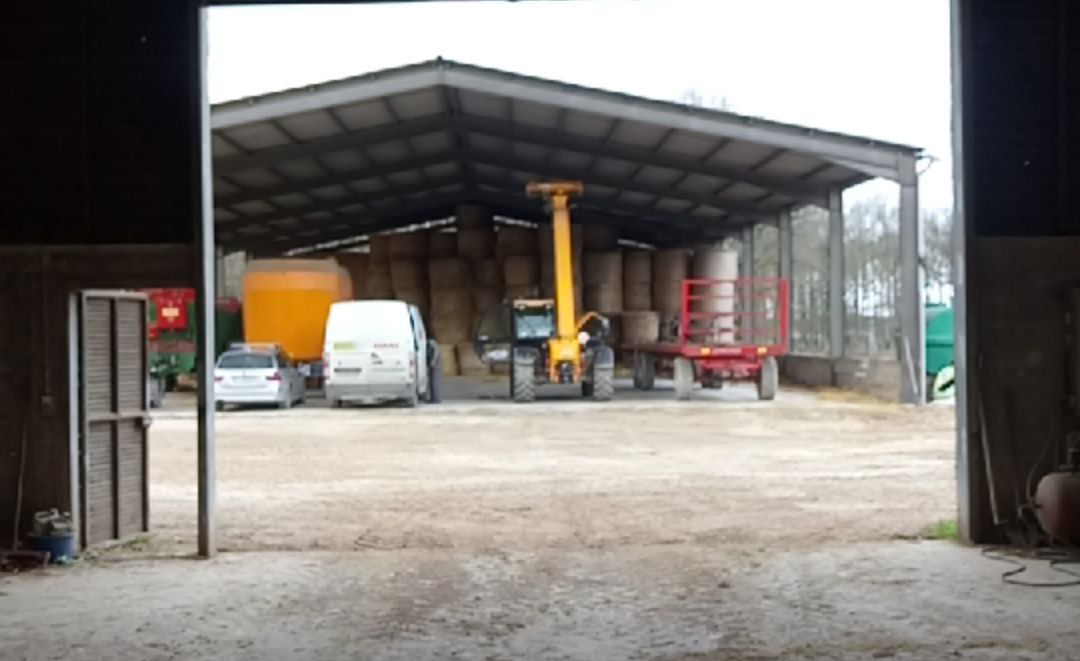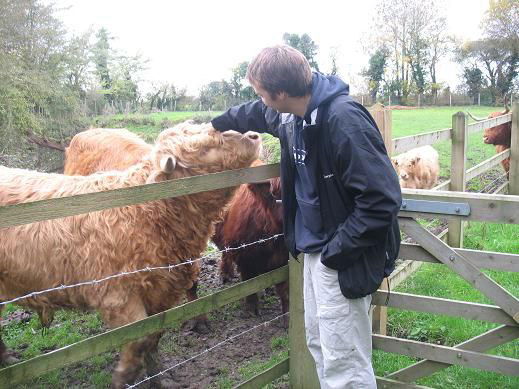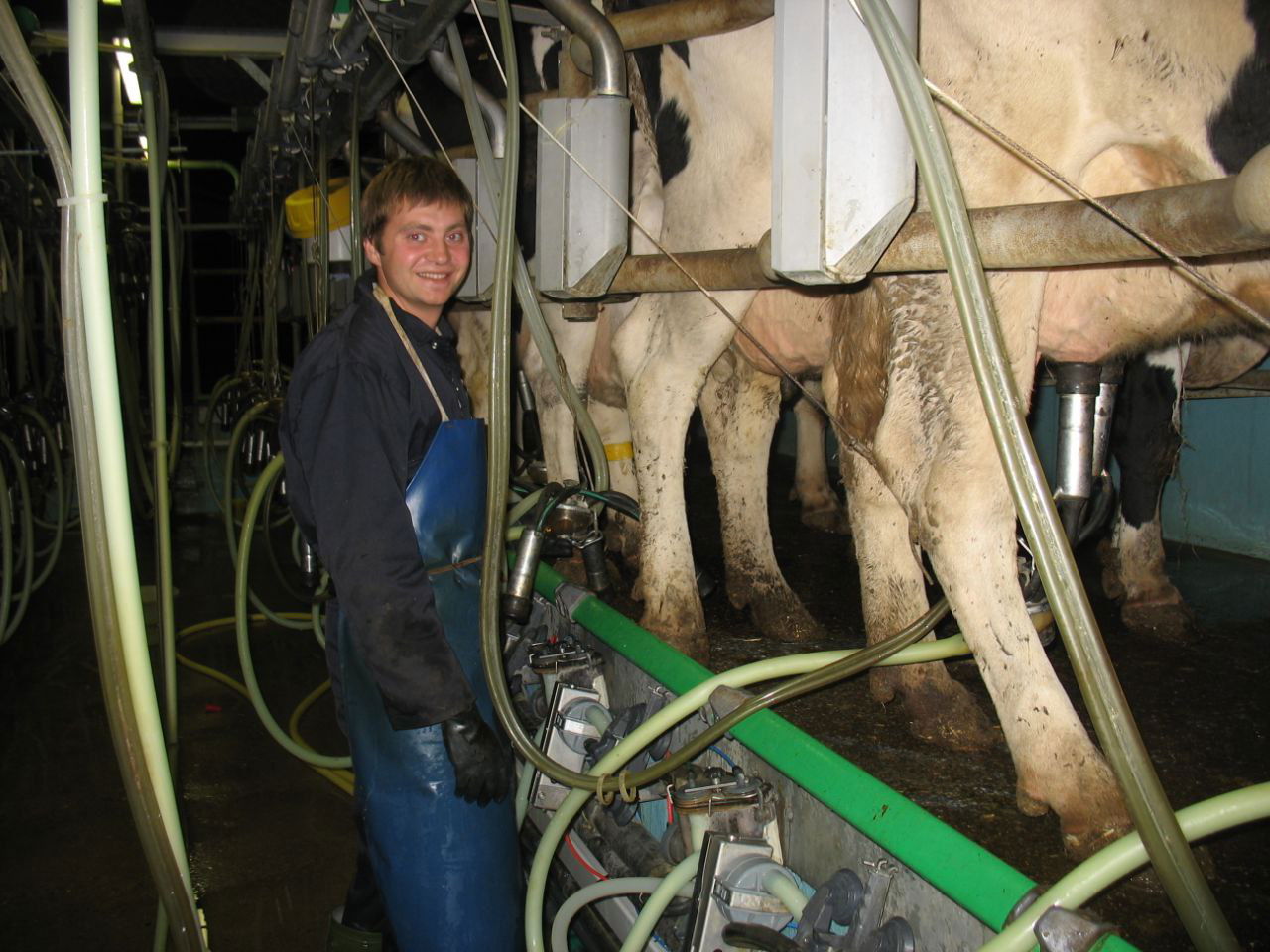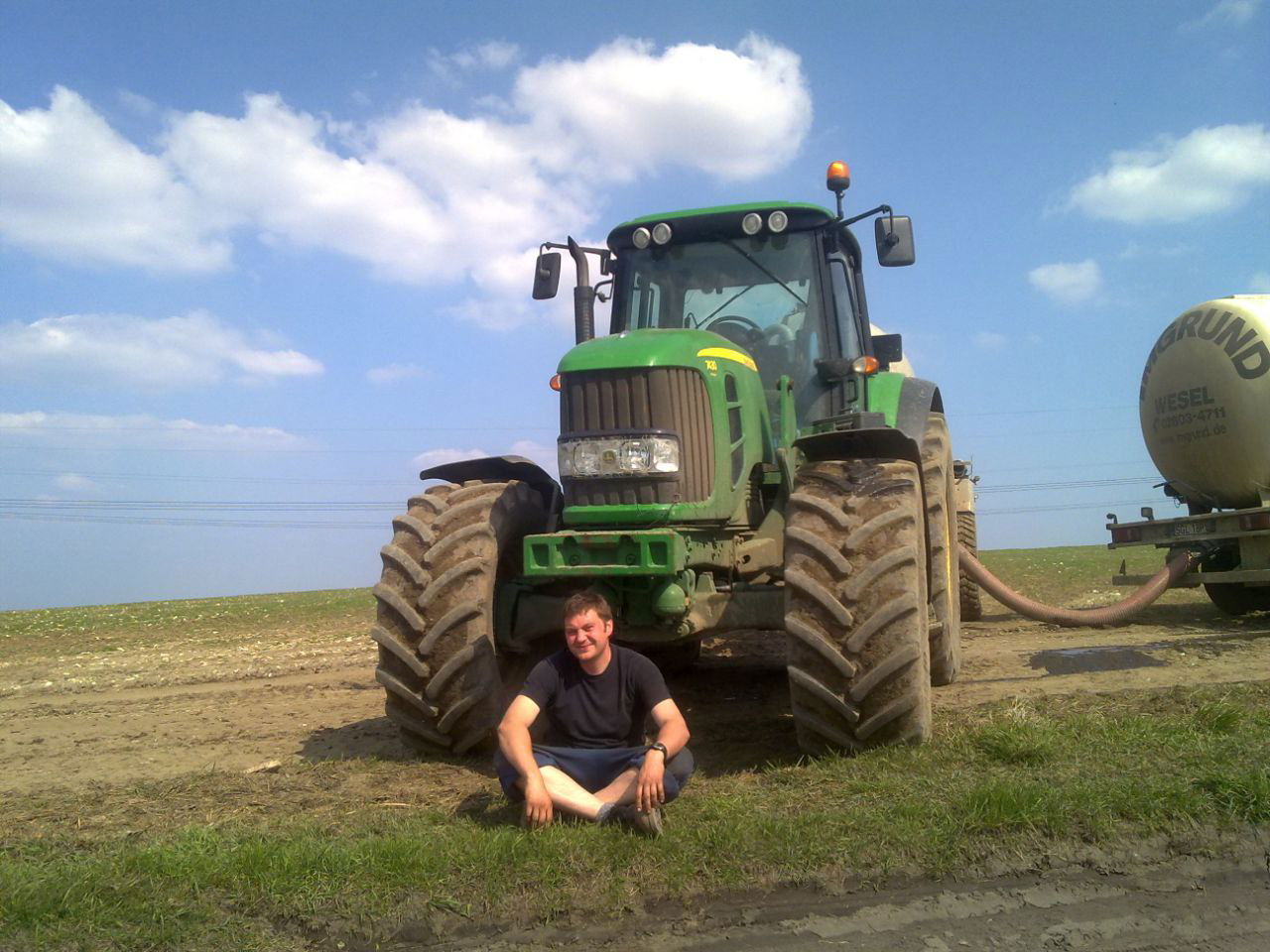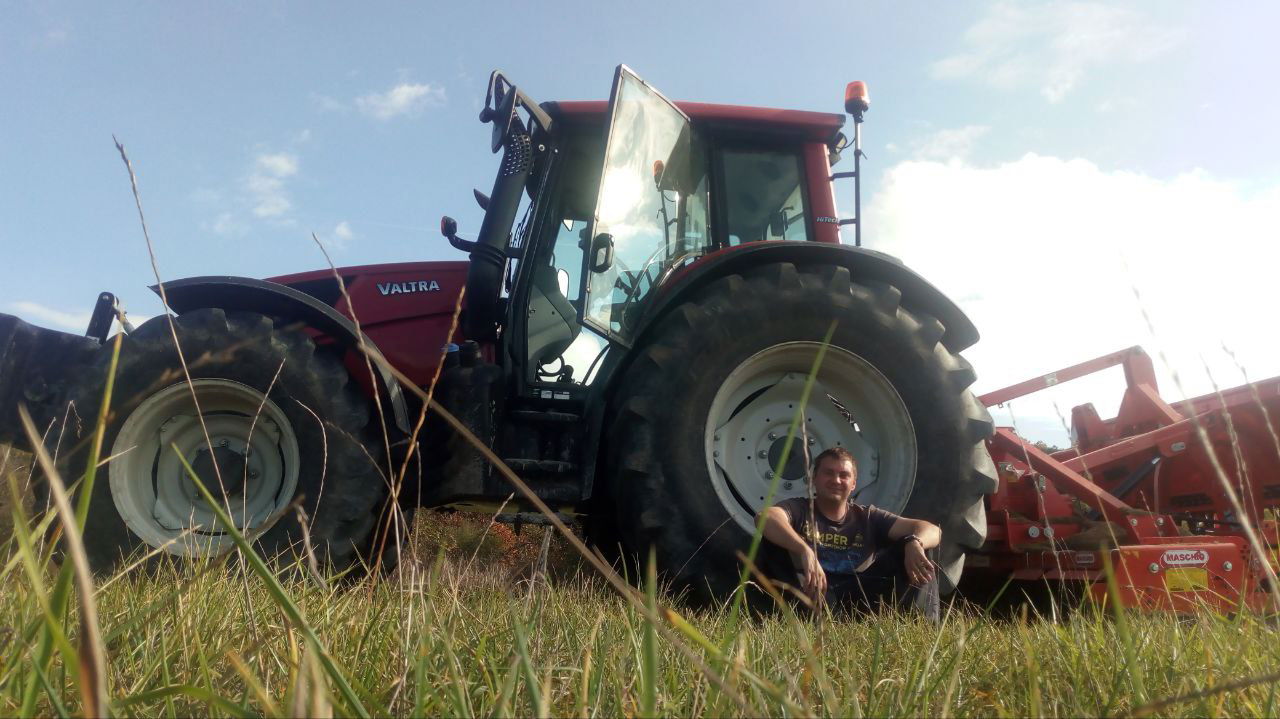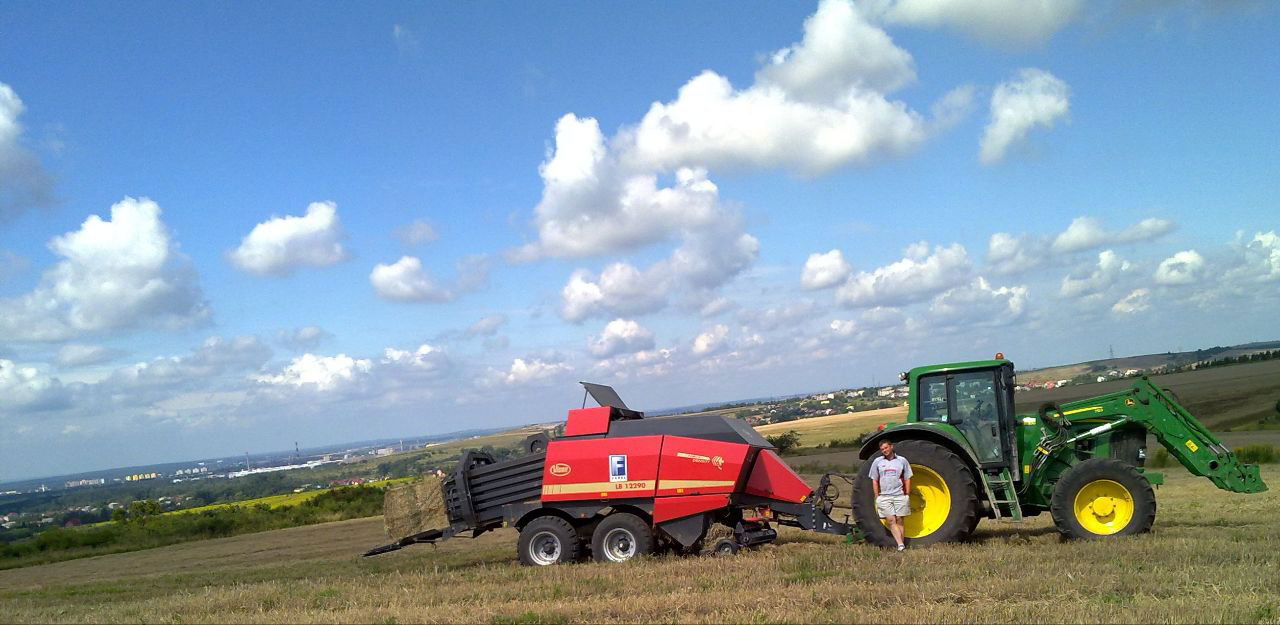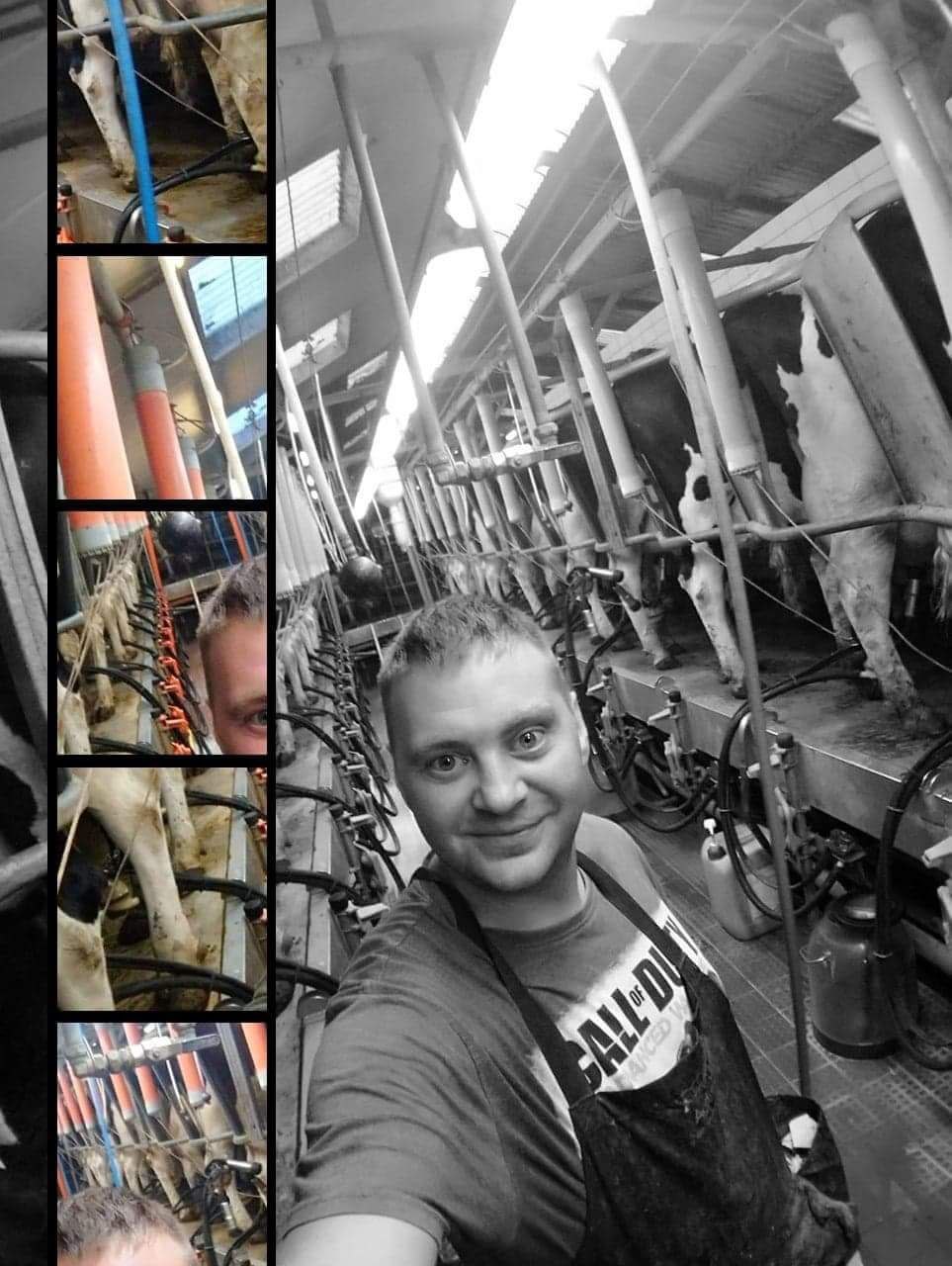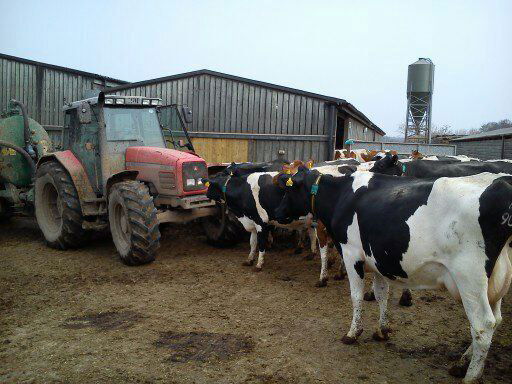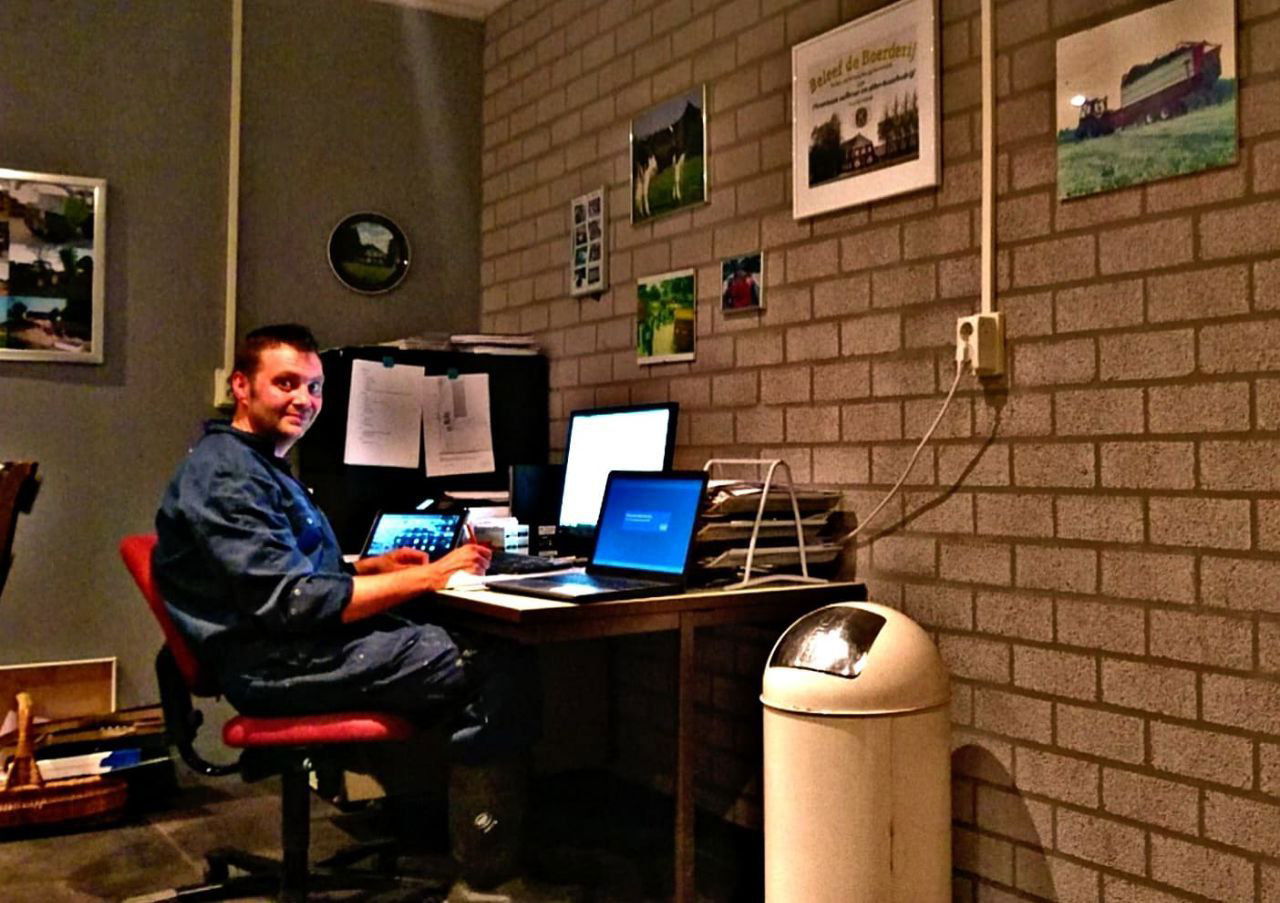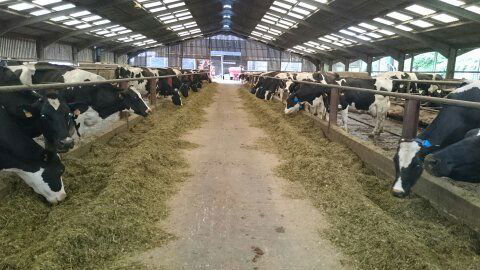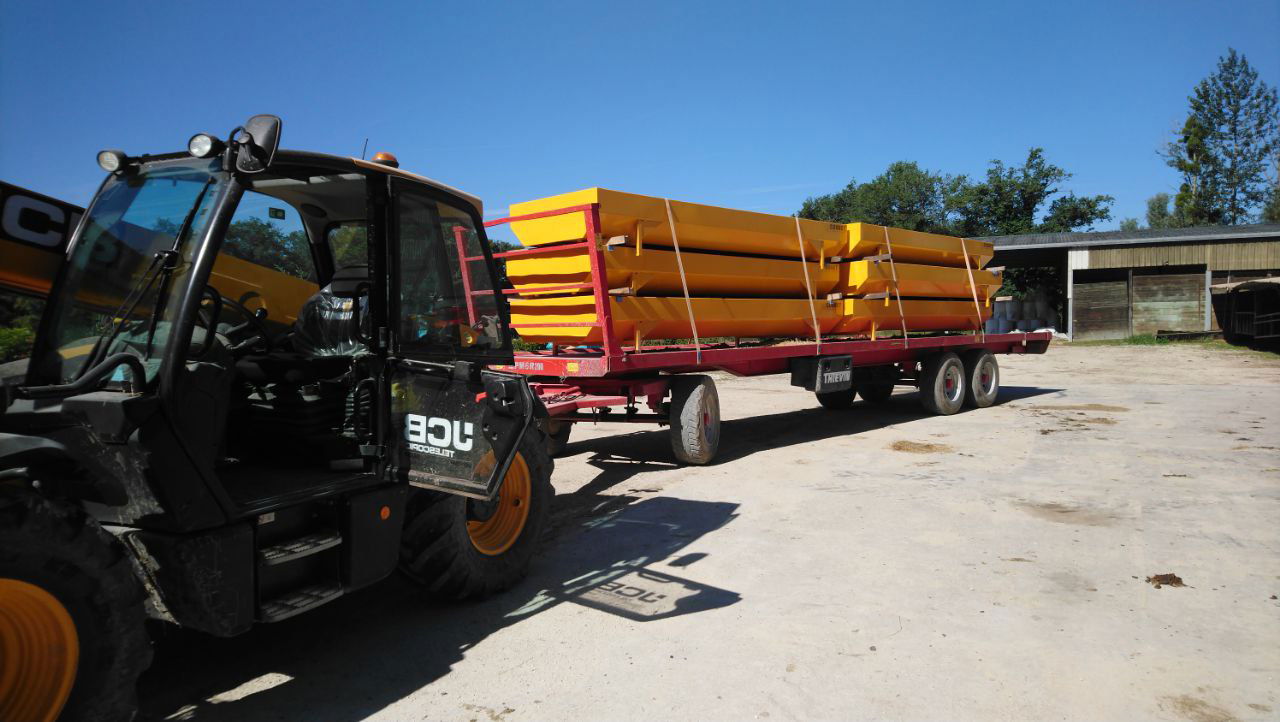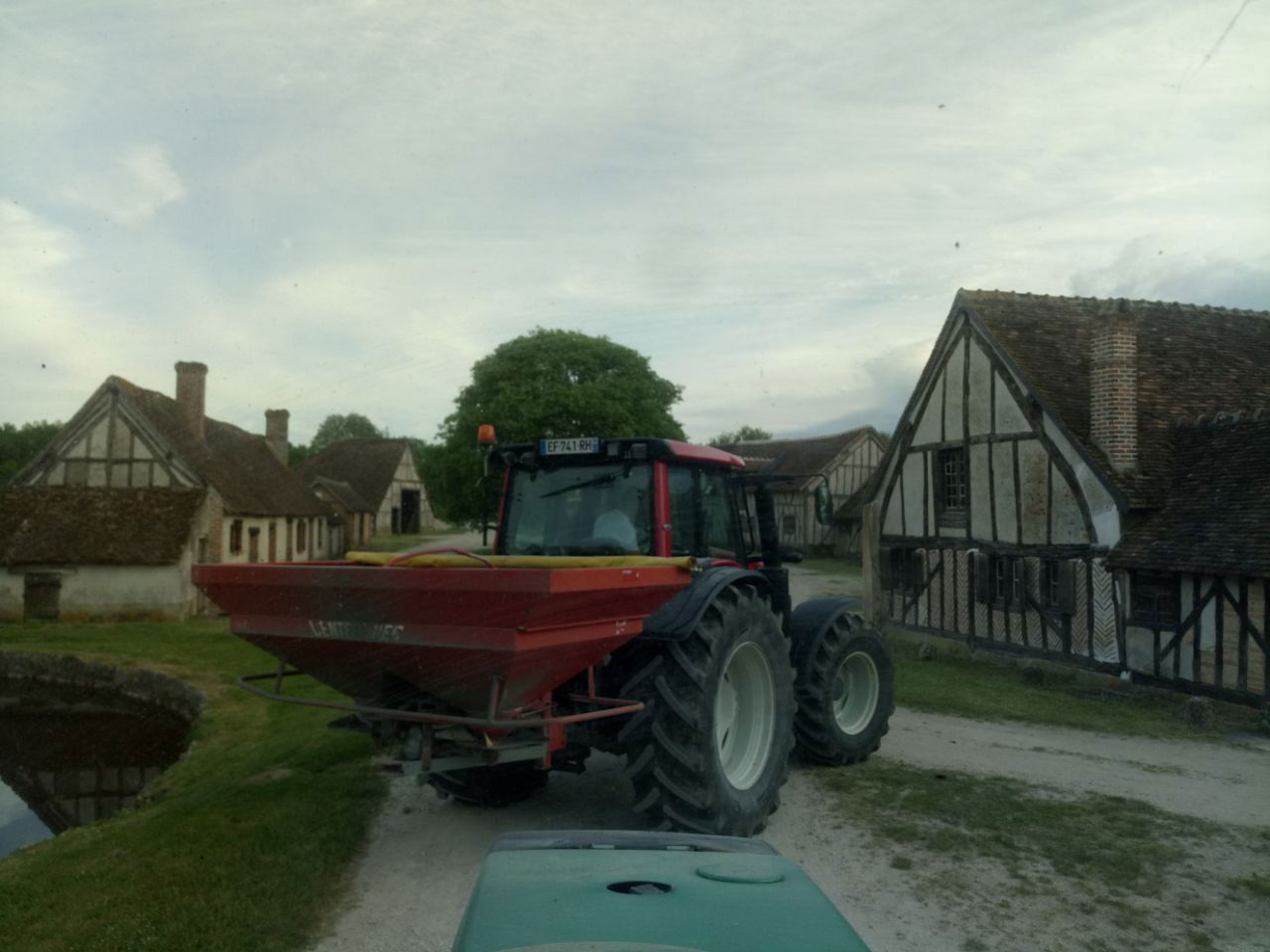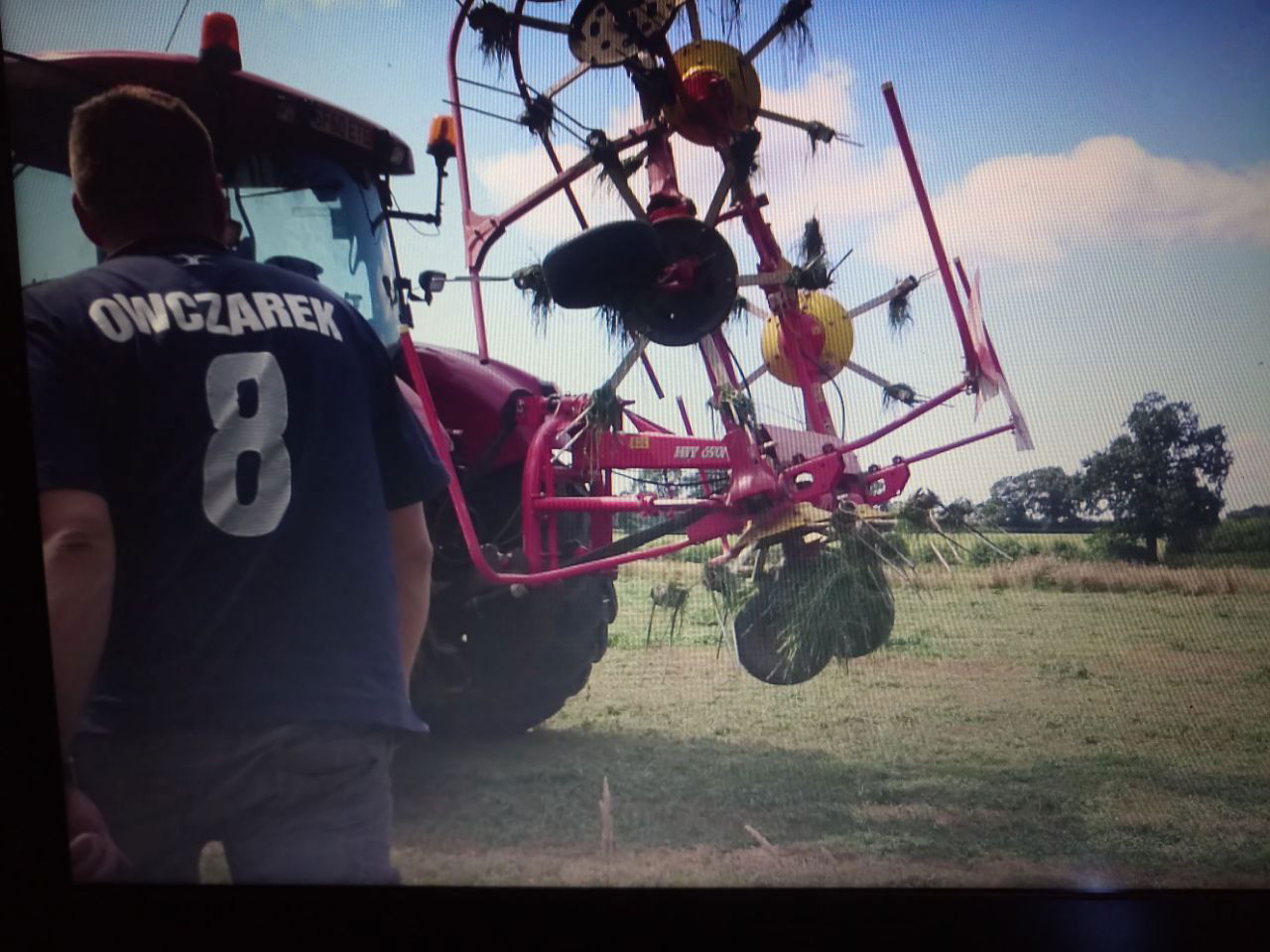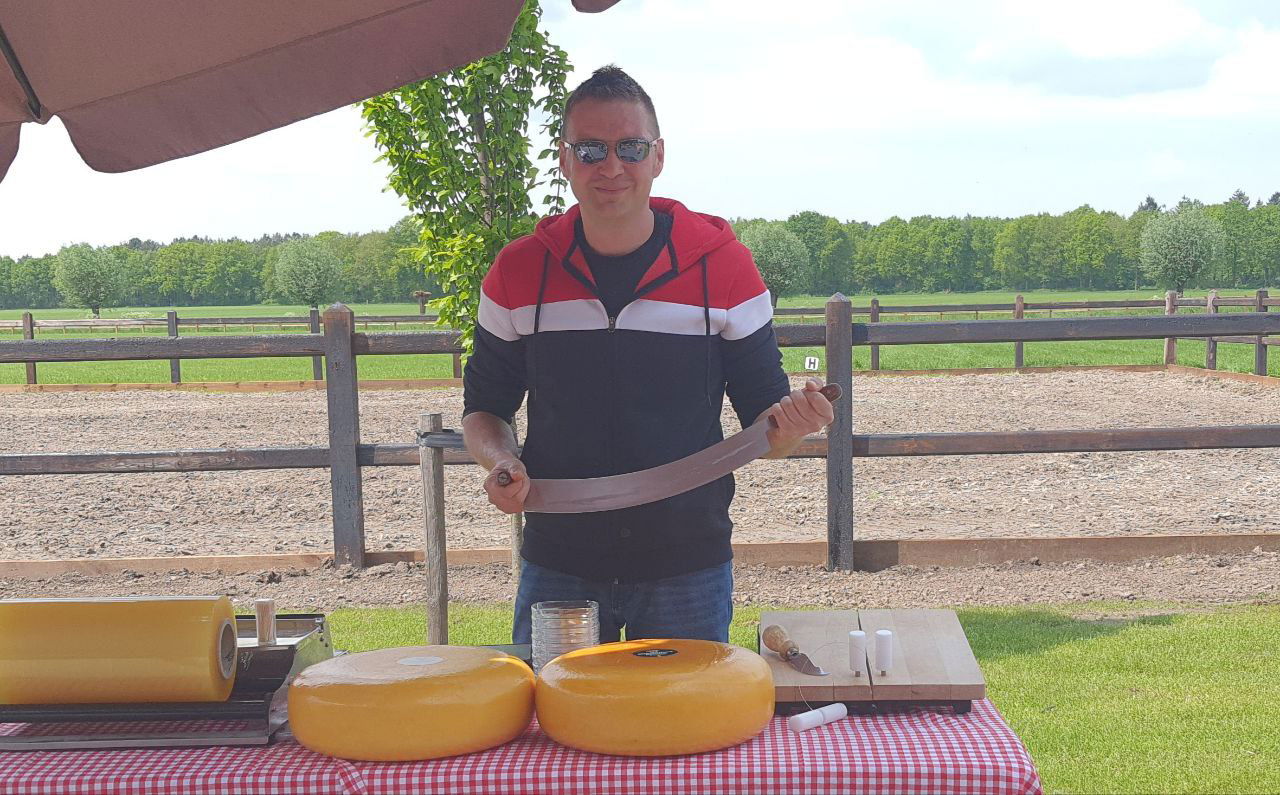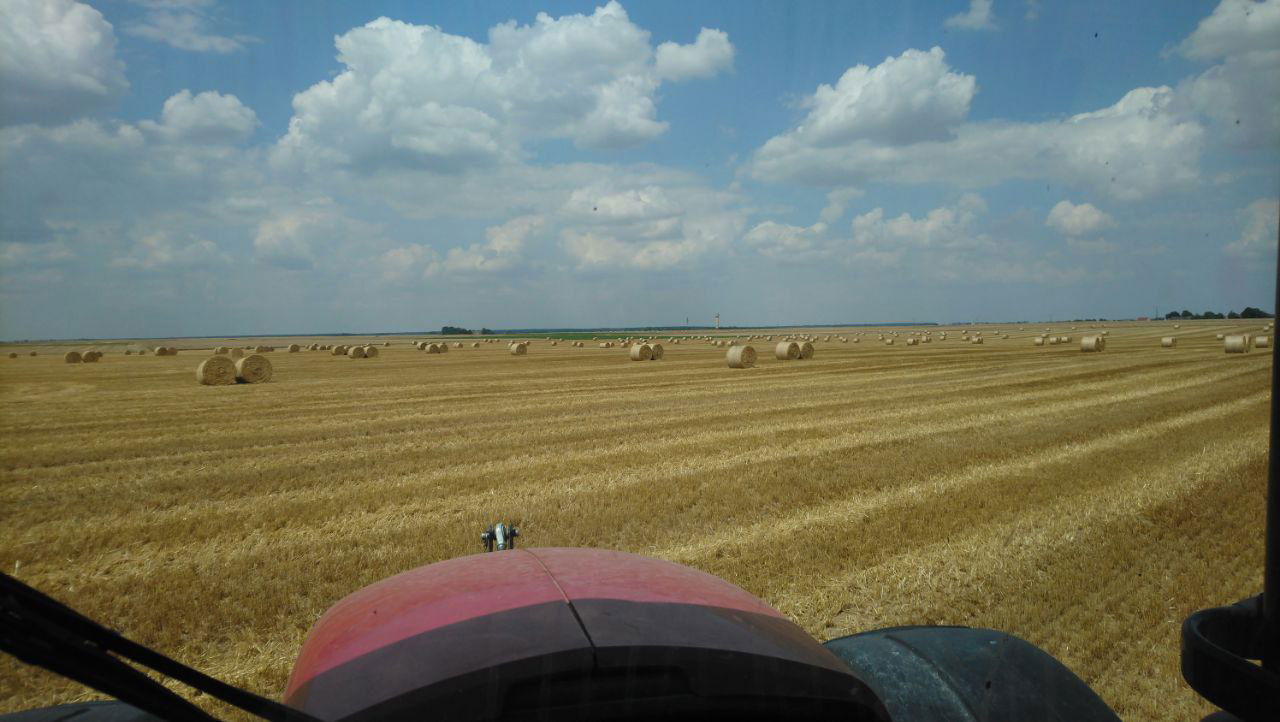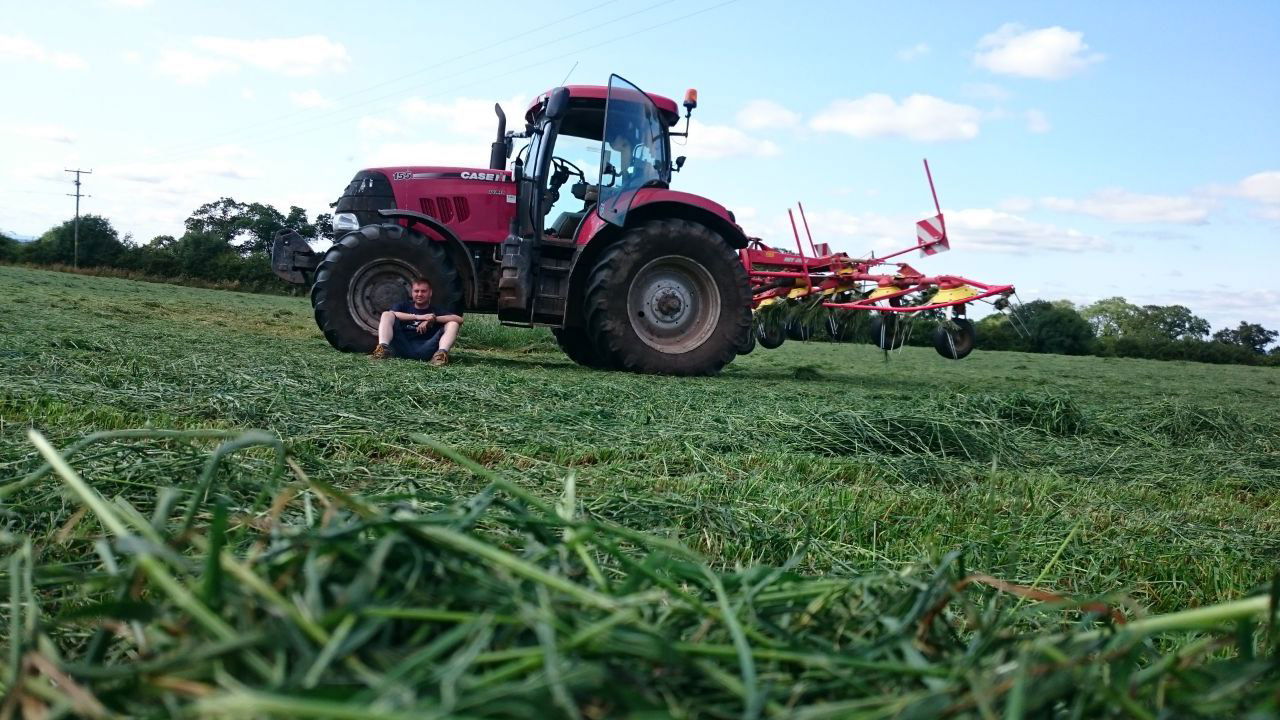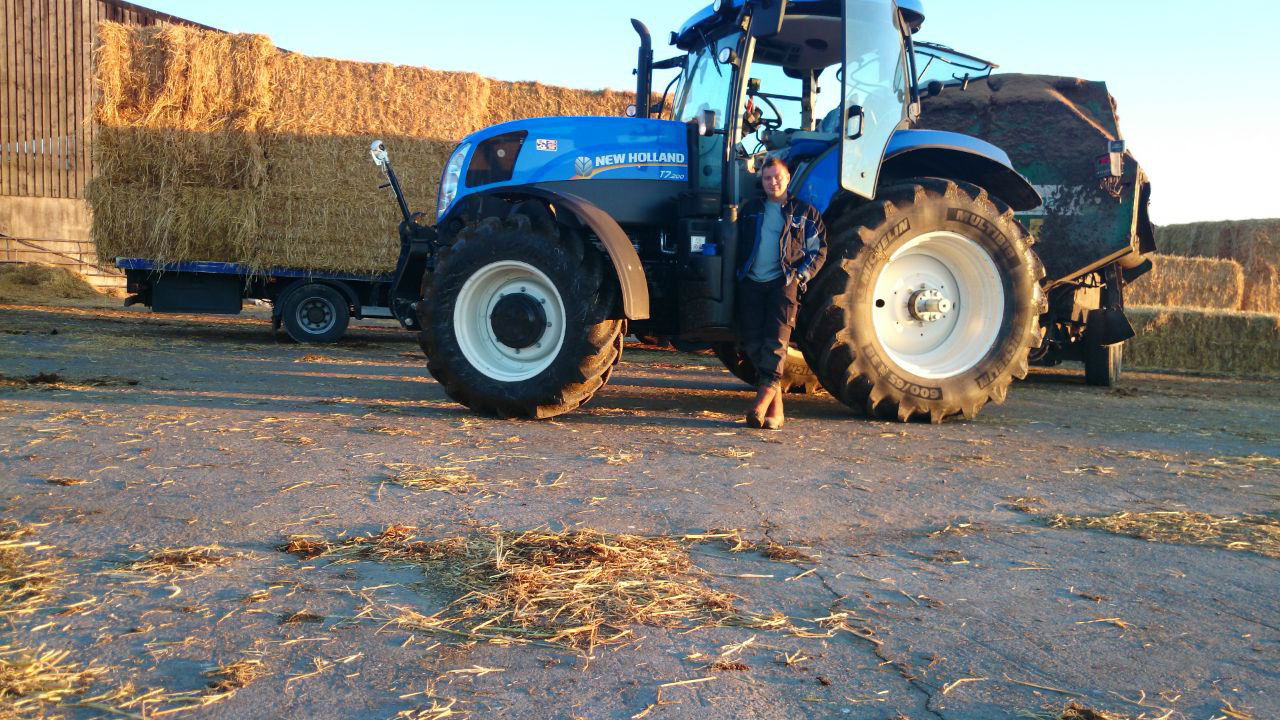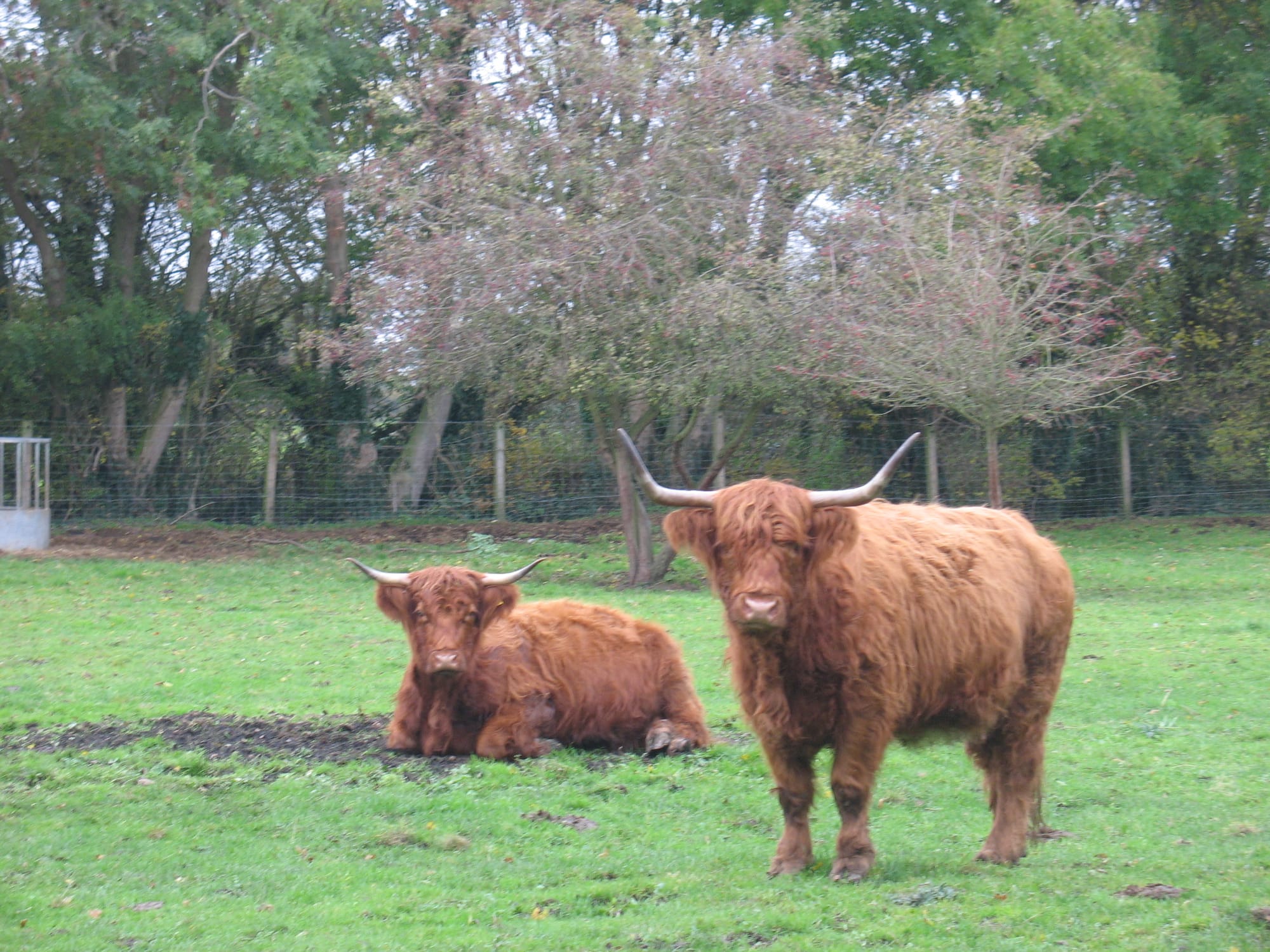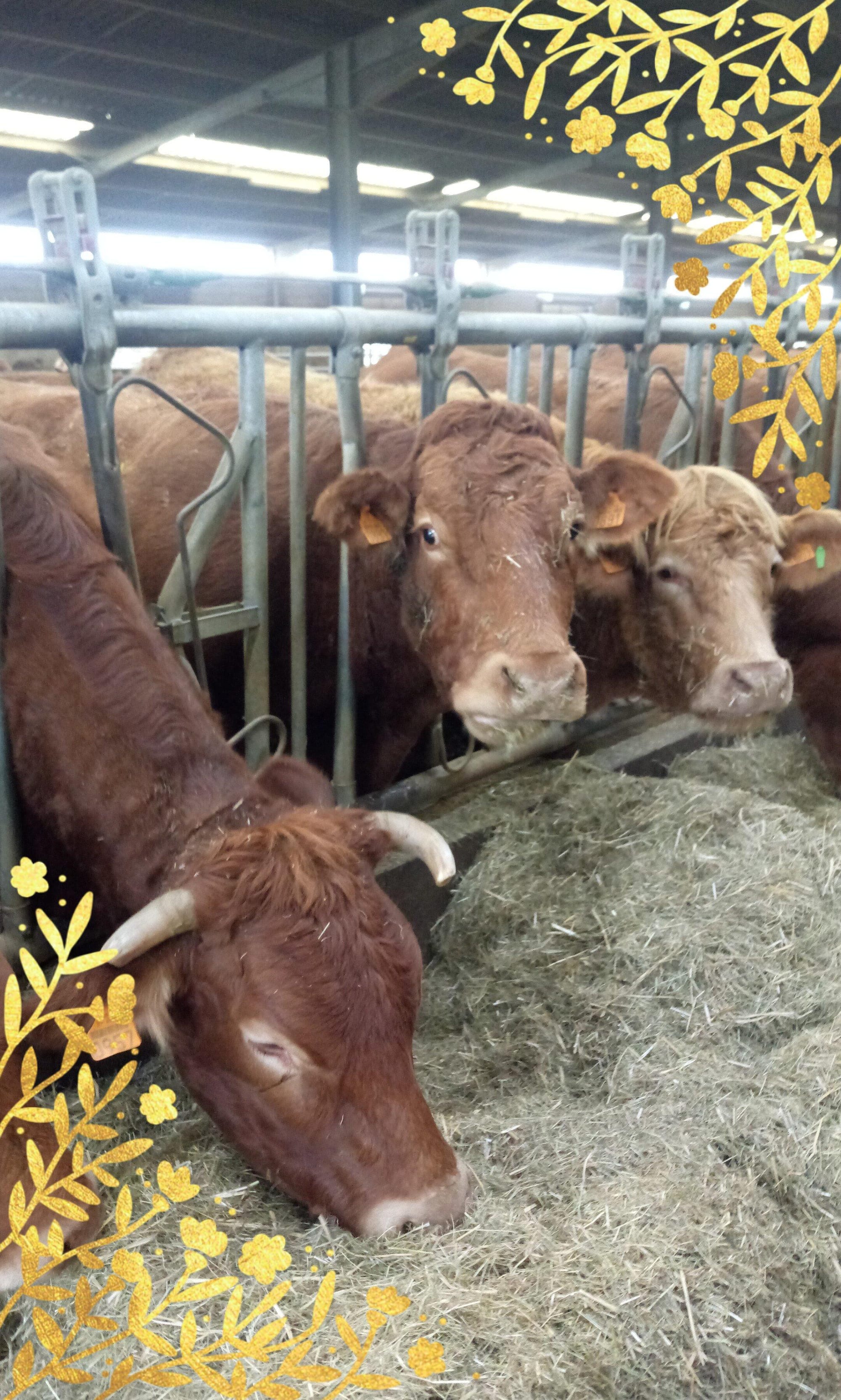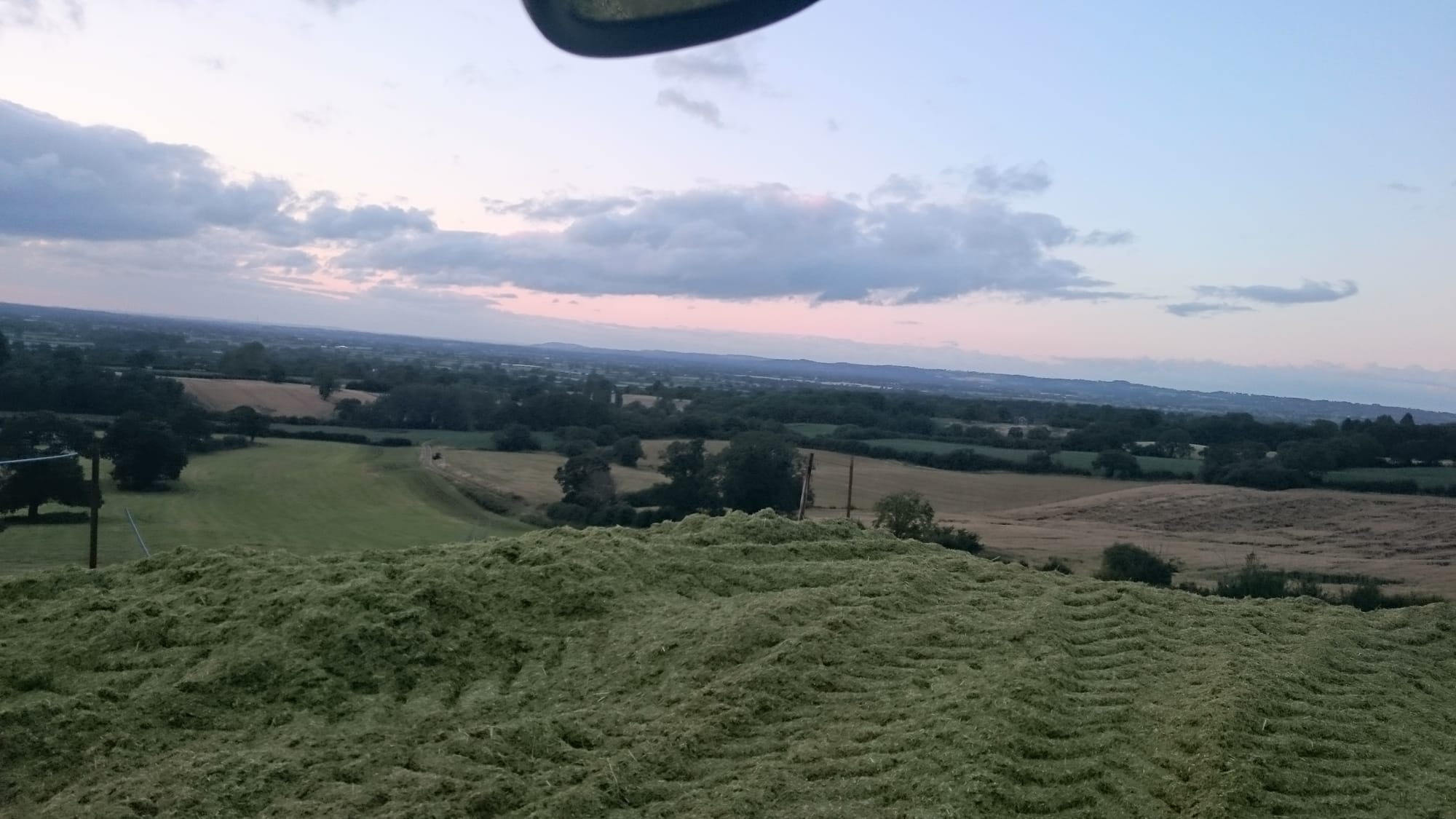About The Website
Service in Agriculture delivers expert farm management with over two decades of European farm collaboration. Our services include herd condition improvement, efficient cow milking, and comprehensive herd care, enhancing milk quality. We also execute all aspects of field work from forage harvesting to soil cultivation. Ideal for daily tasks, vacation periods, or improving staff performance. Reach out today to elevate your farm's productivity and efficiency. Call or email to start our cooperation.
Services
Milking Cows
Professional and efficient milking, with emphasis on animal welfare and hygiene.
Cow Herd Management and Milk Quality Enhancement
Experience professional herd condition improvement services with attention to animal welfare, ensuring optimal productivity and milk quality.
Develop Core JSON Output
Prepare JSON-oriented services explicitly aligned with agricultural operations.
Cow Milking and Herd Care
Professional cow milking services with a focus on efficiency, hygiene, and animal welfare, complemented by daily herd care.
Mastitis
The best nastiness detection specialist. Improved milk quality guaranteed. Mastitis is a complex issue in the dairy industry, and there isn't one single "best specialist" in the world. Instead, the most effective approach involves a combination of veterinary expertise, on-farm management, and specialized services. Here's a breakdown of what to look for and who to consult to achieve the best results in mastitis detection, prevention, and milk quality improvement. Key Experts and Services: * Veterinarians: Your herd veterinarian is your primary partner. They can provide a herd diagnosis by analyzing data, and recent bacteriology results, and reviewing on-farm management. They can also help you: * Develop targeted treatment protocols for individual cows. * Create comprehensive dry cow management programs. * Implement vaccination programs to target specific pathogens. * Veterinary and Diagnostic Laboratories: These labs, like the University of Minnesota Laboratory for Udder Health, are crucial for identifying the specific organisms causing mastitis. They can perform: * Routine and quantitative milk cultures to identify the type and number of bacteria. * Bulk tank cultures to screen the entire herd for contagious mastitis pathogens and assess the effectiveness of your milking prep procedures. * Cultures on individual cows with high somatic cell counts (SCC) to identify the cause of chronic subclinical mastitis. * Dairy Consulting and Research Groups: Organizations and specialists that focus on milk quality and mastitis management offer on-farm consultancy, training, and a data-driven approach to solving problems. Examples include: * Quality Milk Management Services (QMMS) Ltd: They use a unique approach to analyze clinical mastitis and somatic cell count data to develop targeted interventions. * University-based programs: Institutions like the UW Milk Quality program at the University of Wisconsin and Cornell CALS's Milk Quality Online Course offer valuable resources, research, and training from experts like Dr. Pamela Ruegg and Dr. Douglas Reinemann. * Ecolab: This company provides experts who can help with mastitis prevention strategies, including biosecurity solutions for your farm. Essential Strategies for Mastitis Prevention and Milk Quality: The best specialists will always emphasize a holistic approach focused on these key areas: * On-Farm Hygiene and Management: This is the cornerstone of prevention. Experts will guide you in: * Milking routine: Proper pre- and post-milking teat dipping, wearing gloves, and ensuring a consistent milking routine. * Equipment sanitation: Regular cleaning and maintenance of milking machines to prevent the spread of bacteria. * Housing and environment: Providing clean, dry bedding (especially using sand) and proper ventilation to reduce pathogen exposure. * Early detection: Using fore-milking and regular testing like the California Mastitis Test (CMT) or automated somatic cell count (SCC) to catch subclinical mastitis before it becomes a major problem. * Data Analysis: Monitoring and analyzing data is essential for a targeted approach. This includes: * Somatic Cell Count (SCC): A key indicator of udder health. High bulk tank SCC is positively correlated with the prevalence of infection in the herd. * Clinical mastitis records: Tracking the frequency and type of mastitis cases to identify patterns. * Bacteriology results: Using culture results to determine the specific pathogens causing problems on your farm. By working with a combination of these specialists and implementing these strategies, you can effectively detect and prevent mastitis, ultimately guaranteeing an increase in milk quality and herd profitability.
